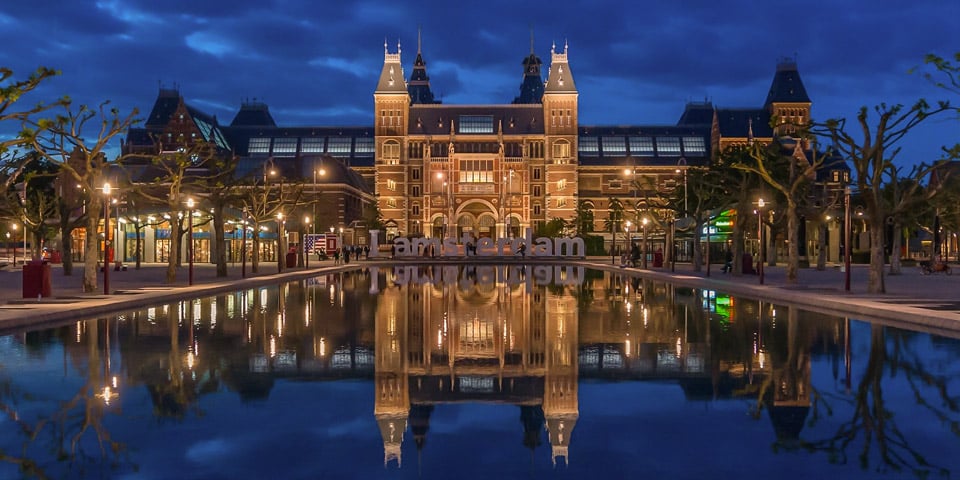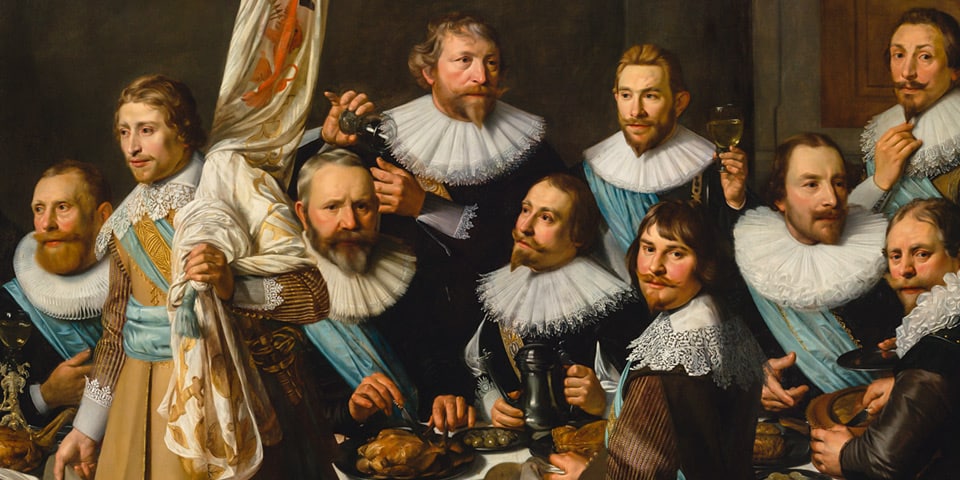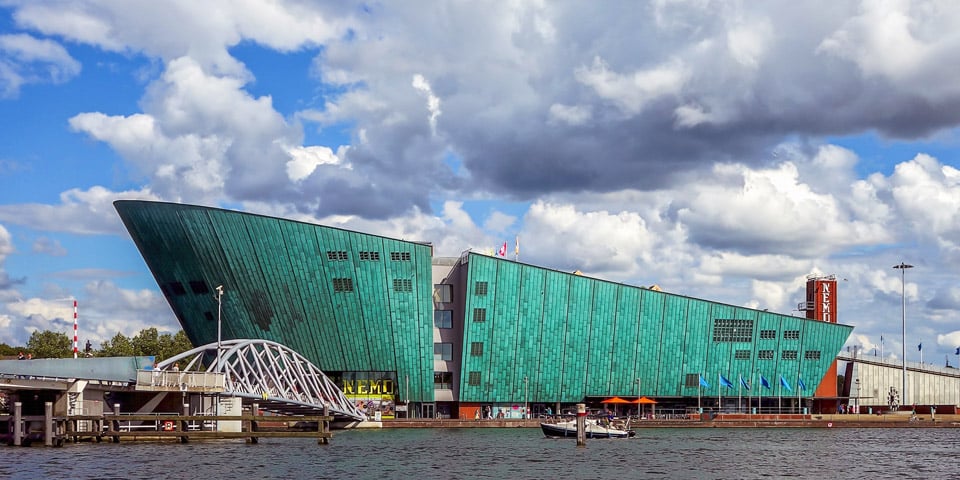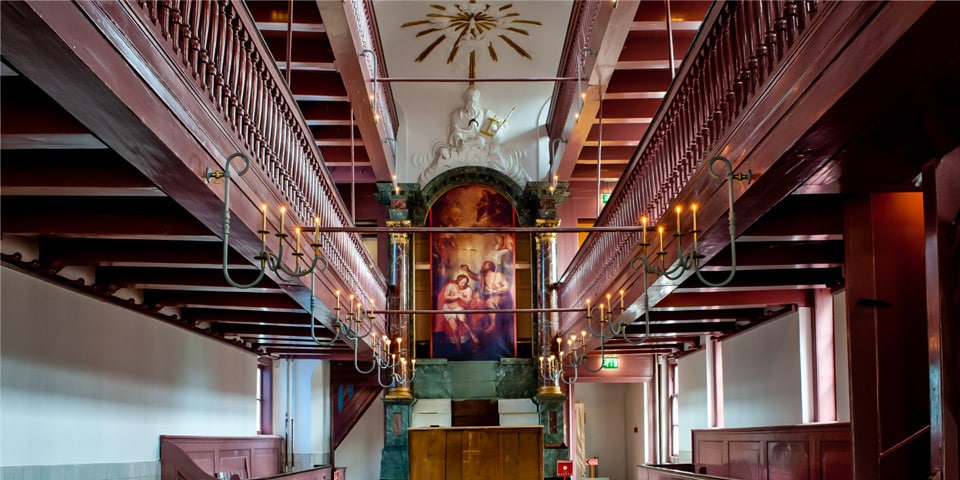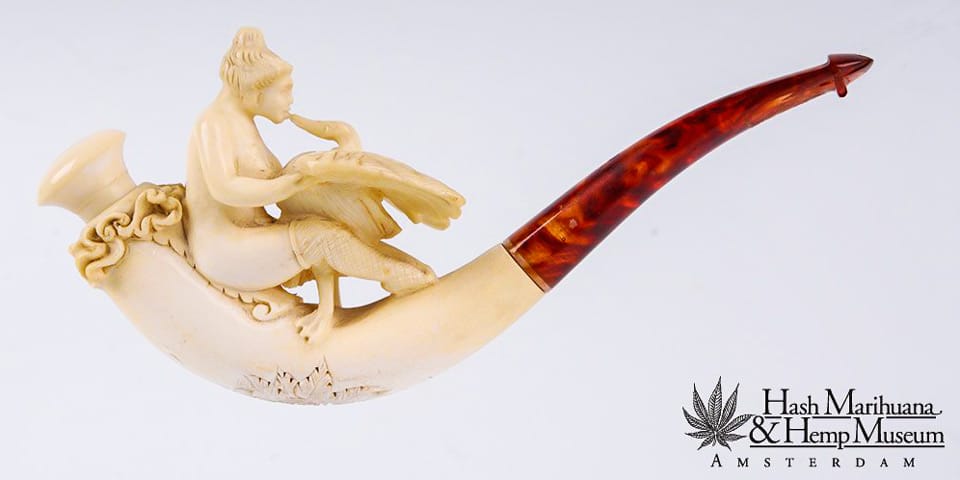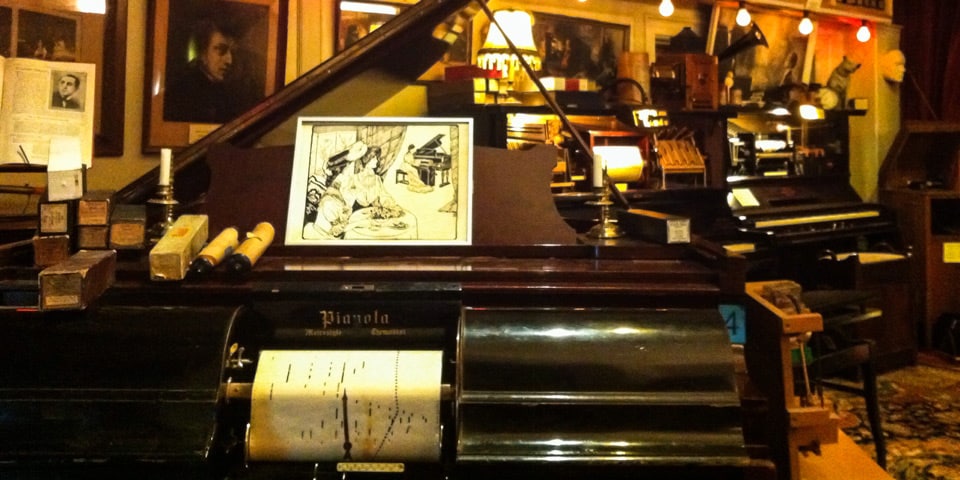The Rijksmuseum in Amsterdam is equal in value to the Louvre in Paris or the Hermitage in St. Petersburg.
History
The collection that gave rise to the Rijksmuseum was in The Hague until 1800 and consisted of works of art collected by the Stathauders, viceroys of the Habsburgs. In 1808 Louis Bonaparte, Napoleon's brother, transported it to Amsterdam and placed it in the palace, adding valuable objects from the royal dynasty.
In 1863, the question arose about the construction of a separate museum building. It was not until 1876 that the commission selected the author of the project from the many works submitted for the competition - Petrus Kuipers was chosen. In an effort to create a new national style of architecture, he mixes Neo-Gothic and Neo-Renaissance, adds a few touches and the result is still admired to this day.
But for contemporaries, the project was quite bold. At the end of the nineteenth century, puritanical mores reigned in the Netherlands, and the reigning William III was cool to it.
The museum was regularly rebuilt and expanded, and its collection is still being added to today.
From 2003 to 2013, restoration work was carried out in the building. The museum was transformed and became more modern and interesting for visitors.
Masterpieces
One day is not enough to explore all the masterpieces of the Rijksmuseum. Therefore, it is necessary to determine what is worth paying attention to in the first place. Everyone has his or her own preferences, but there are recognized world masterpieces that are worth seeing at least once in a lifetime:
- Rembandt's famous "Night Watch. The true title of the painting is "The performance of Captain Frans Banning Cock's Rifle Company. The painting, so popular that in 1906 it had to be redecorated to display it. The hall of one masterpiece is always full of visitors.
- A unique collection of representatives of the Golden (17th) century Dutch painting is represented by works by Vanmeer, Hals, Jan Steen and other famous authors.
- The famous Delft porcelain, which is represented by the most luxurious royal services, elegant miniature figurines, vases and other utensils.
- Models of ships, by which you can trace the history of shipbuilding in Holland. It should not be forgotten that for many centuries, the Netherlands, along with England, were the kings of the sea.
- A hall of dollhouses. The oldest model was made in 1676.
- For connoisseurs of Oriental culture, several halls present an exhibition of Asian art objects.
- It is worth paying attention to the library. Visitors can walk around the observation deck and look at the ancient folios. This is the quietest room of the museum, as silence is required, like in any other library.
The museum has a unique exhibition devoted to the history of the Netherlands, starting from 1100. The entire history is divided into 4 parts and presented in chronological order and examined in international content. Traveling through the floors and halls - you move smoothly from one era to another
Useful Information
Address
- Museumplein/Museumstraat, 1
1071 CJ Amsterdam
Opening hours
- Daily from 9.00 to 17.00
Ticket price
- Adult = 17.5 euros
- Children (under 18) = free.
- With the card I Amsterdam there is a discount = 2.5 euros.
- With a museum card, admission is free, which allows you to skip the queue and quickly get into the building itself.
How to get
- From the central station you can take streetcar number 2 or 5 (stop Hobbemastraat)
- From the hotel or other points in the city routes should be specified.
- There is a water cab stop not far from the Rijksmuseum. If you want to use such an exotic mode of transport, you can also take it.
Advice
- In the lobby of the museum (on the ground floor) there is a circular counter, on which there are many guides to the Rijksmuseum in different languages. They are free and will help you see the most important sights and masterpieces.
- Famous works of the masters also have stands with brochures in Dutch and English. They help you understand and see the nuances of a masterpiece.
- Photos are allowed in the museum, but no flash, tripod or selfie stick.
- You can use an audio-guide. The price of such a tour = 5 euros.
- You can order a tour of the museum. Alas, the official registry does not provide tours in Russian.
- If your phone or camera runs out of power, there is a special charging area on the ground floor.
